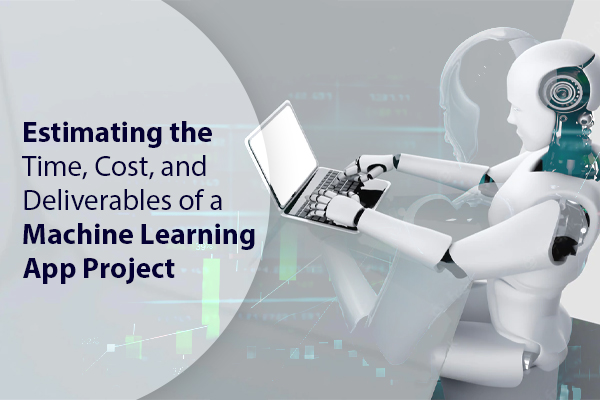The thing about Machine Learning or ML is that it’s like a coin with two different sides. One side of it eliminates all uncertainties associated with a process. The other side, however, concerns its development, and it’s full of uncertainties.

The conclusion of every ML project is a solution that makes enterprises better than they currently are. They also make all business processes streamlined. Then again, developing such an app is an entirely different ballgame. Nonetheless, it’s an achievable task, and here you’ll learn how.
The importance
So, what’s the point of wading through the uncharted waters of ML? Why should you even bother with the benefits of machine learning? Well, here are a few compelling reasons.
You can probably guess how valuable these perks are to any business. However, the time, expenses, and deliverables of your project will depend on these benefits.
The models
Now, it’s time for you to take a look at the models of Machine Learning. These models will allow you to adjust the time and expenses of your project.
1. Supervised learning: In this process, developers will provide data to the system by labeling the inputs and outputs of the algorithm. Due to these labels, it’s possible to train the system to pinpoint the data patterns inside the algorithm.
2. Unsupervised learning: This process also involves feeding data to the system. However, developers won’t label the outputs here. It lets the system identify the data and ascertain patterns from the information. As soon as the developers finish storing the same, the future inputs get assigned to the pattern to generate an output.
3. Reinforcement learning: Just like unsupervised learning, developers won’t label the data fed to the system in reinforcement learning. The Machine Learning types differ on the ground that the developers will tell the system about the output is correct. However, they’ll do it only when they receive an appropriate output.
Project lifecycle
Here’s a breakdown of the lifecycle of an ML project.
1. Setting up the plan
2. Gathering and labeling the data
3. Exploring the model
4. Refining the model
5. Testing and evaluating
6. Deploying the model
7. Maintaining the model
Project scope estimation
At this point, the developer team will define the ML app project estimates based on the phases explained below.
1. The discovery phase: This phase involves creating the roadmap of the project by defining the problem. It lasts anywhere between 7 and 14 days. During this time, the developers will explore all operational inefficiencies and address the same.
The deliverable – It generates a problem statement that will define the triviality or complexity of the project.
2. The exploration phase: The objective of this phase is to fabricate the proof of concept. After that, the developers will install the same APIs. This phase will continue for 6 to 8 weeks.
The deliverable – The proof of concept is the only deliverable here.
3. The development phase: At this stage, the team will work iteratively until they achieve something production-worthy. Estimations will be much more precise at this stage as the uncertainties will cease to exist. This phase will continue a bit longer than 4 months.
4. Continuous improvement phase: Now that the ML solution you wanted to create is in circulation, developers will maintain it. They’ll also take the necessary step to improve the digital product. Just remember that this improvement phase is continuous. It won’t end until you choose to discontinue the application.
Estimating the costs
When you started reading this, you wanted to know the cost of machine learning services. Well, stating a price is somewhat difficult in complex projects like these. However, it’s possible to estimate the same based on the following.
1. The Machine Learning app type cost
2. Data-related costs: An ML app won’t exist without relevant data. However, gathering high-quality data or inspecting the quality standards of the accumulated data is the main chore.
3. Research-related costs: The research section for ML mobile app development will be of entry-level feasibility exploration, experimentation, and algorithm search.
4. Production-related costs: This section is all about the expenses associated with the infrastructure, integration, and maintenance. Cloud computation can reduce your expenditures, but it’ll depend on the algorithm’s complexity.
Wrapping it up
Determining the workforce and time required to complete the project isn’t challenging. It’s possible to estimate the expenses if the developers build the app on modular designs and follow an agile approach.
Then again, difficulties will start cropping up when you estimate the value based on time and effort. If you choose to work with an agency that excels in building ML-based solutions, it should be an “easy street” for you.
B-112, Sector-64
Noida - 201301
